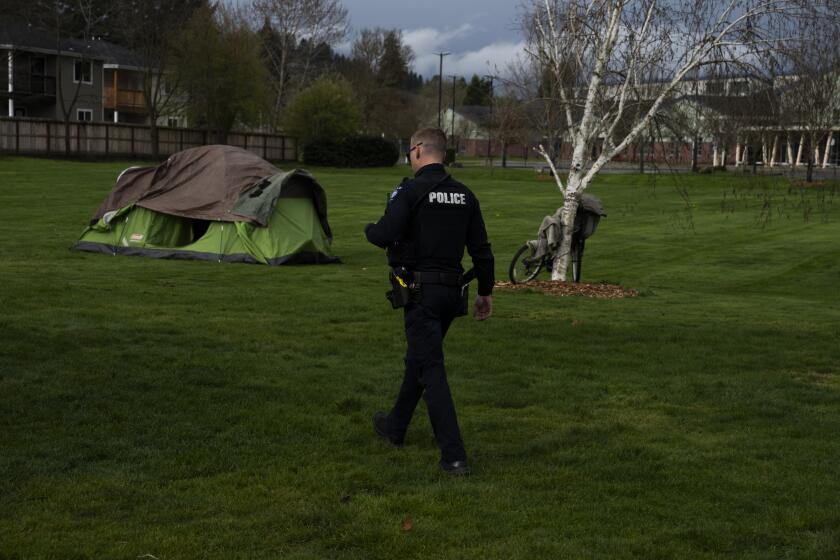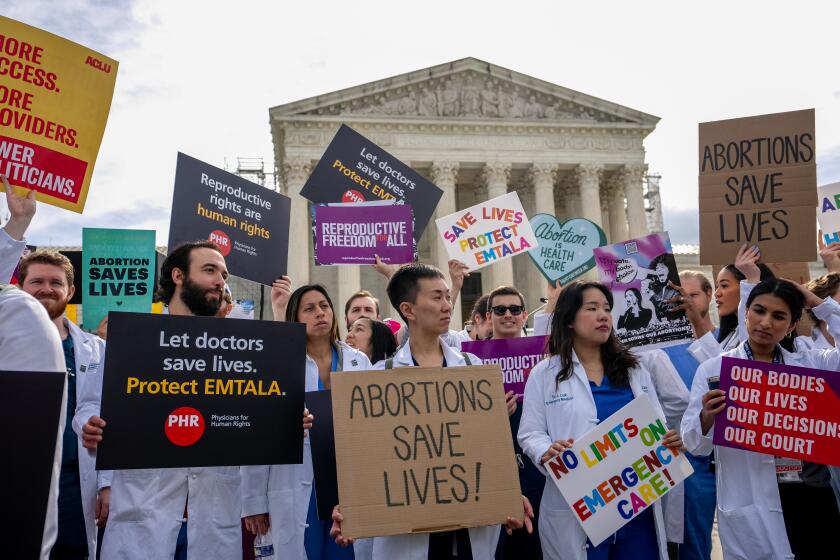The Supreme Court says a judge should have stepped aside

Donald Trump has attracted widespread and bipartisan scorn for suggesting that a “Mexican” judge presiding over a lawsuit involving Trump University is biased because of his ancestry. (U.S. District Judge Gonzalo Curiel was born in Indiana.) But if it’s absurd to suggest that a judge should disqualify himself because of his ancestry, and everyone but Trump seems to agree that it is, when should a judge recuse himself?
The Supreme Court on Thursday offered one answer: When a judge hearing a convicted murderer’s appeal was, in his earlier life, the prosecutor who approved seeking the death penalty for that defendant.
In 1986, Philadelphia Dist. Atty. Ron Castille accepted a subordinate’s recommendation that the state seek the death penalty for Terrance Williams in the murder of Amos Norwood, a middle-aged man who had offered the 18-year-old Williams and a friend a lift.
Almost three decades later, Williams challenged his death sentence, claiming that prosecutors had suppressed evidence that Norwood was “sexually involved” with boys of Williams’ age, information that could have supported Williams’ claim that the older man had abused him. Castille, by then the chief justice of the Pennsylvania Supreme Court, joined his colleagues in rejecting the appeal.
On Thursday the U.S. Supreme Court ruled 5 to 3 that Castille shouldn’t have taken part in that decision and that Williams is entitled to a new hearing. It was the right call.
Writing for the court, Justice Anthony M. Kennedy said Castille’s participation in the case violated the due process clause of the 14th Amendment because “there is an impermissible risk of actual bias when a judge earlier had significant, personal involvement as a prosecutor in a critical decision regarding the defendant’s case.”
Kennedy based that conclusion on the maxim that “no man can be a judge in this own case.”
That might seem obvious, but the justice argued among themselves about whether this really was Castille’s case.
The Philadelphia district attorney’s office is a large one, and Castille didn’t prosecute Williams himself. Also, as Chief Justice John G. Roberts Jr. suggested in his dissent, Castille wouldn’t have been aware when he authorized his staff to seek the death penalty of the issues that would be raised in a later appeal. Justice Clarence Thomas, who also dissented, called the Pennsylvania Supreme Court’s consideration of that appeal a “separate proceeding.”
Even so, the majority was right to construe Castille’s long-ago endorsement of the death penalty for Williams as “significant, personal involvement” requiring him to step aside. Kennedy noted that when Castille ran for election to the Supreme Court, “multiple news outlets reported his statement that he ‘sent 45 people to death rows’ as district attorney.”
Nor did it matter that Castille’s colleagues reached the same conclusion about the weakness of Williams’ appeal. Kennedy wrote that “it is neither possible nor productive to inquire whether the jurist in question might have influenced the views of his or her colleagues during the decision-making process.” But the court clearly thought that was a possibility.
Even if this was a close case, judges who used to be prosecutors are on notice that they should withdraw from hearing cases in which they had significant prior involvement. That’s especially vital when, as in this case, it’s a matter of life and death.
More to Read
A cure for the common opinion
Get thought-provoking perspectives with our weekly newsletter.
You may occasionally receive promotional content from the Los Angeles Times.







